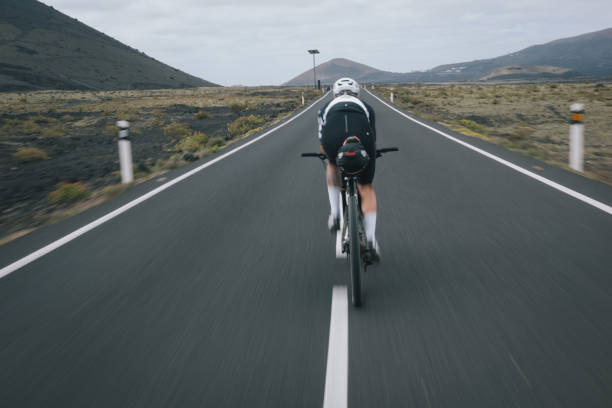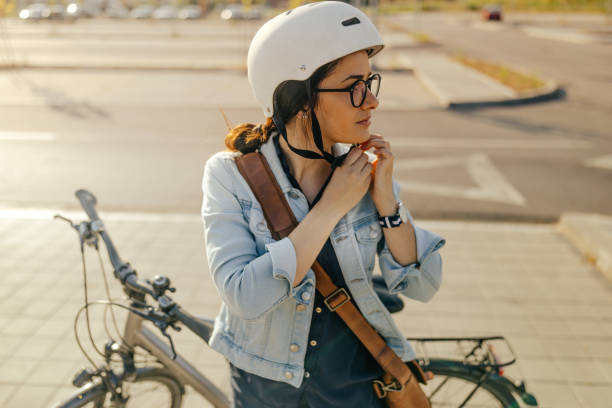Essential Bikepacking Gear List
This post contains affiliate links. This means I will make a commission at no extra cost to you should you click through and make a purchase. Read the full disclosure here.
Introduction
Bikepacking is an exhilarating way to explore the great outdoors, combining the thrill of cycling with the adventure of camping. Whether you’re planning a weekend getaway or a multi-week expedition, having the right gear is crucial for a successful and enjoyable trip. This comprehensive guide will walk you through the essential bikepacking gear list, ensuring you’re well-prepared for your next adventure.
The Basics of Bikepacking

What is Bikepacking?
Bikepacking is a form of self-supported, multi-day cycling where you carry all your gear on your bike. Unlike traditional touring, which often involves paved roads and panniers, bikepacking typically takes you off the beaten path, exploring trails, gravel roads, and remote areas.
Why is Gear Important?
Having the right gear can make or break your bikepacking experience. The right equipment ensures you’re comfortable, safe, and prepared for any situation that may arise. From your bike to your camping gear, each piece plays a vital role in your journey.
Essential Bikepacking Gear
1. The Bike

Your bike is the most critical piece of equipment. It needs to be durable, reliable, and suited to the terrain you’ll be tackling.
- Bike Type: Choose a bike that’s designed for the type of terrain you’ll be riding. Mountain bikes, gravel bikes, and fat bikes are popular choices.
- Frame Material: Aluminium, steel, and carbon fibre are common materials. Each has its pros and cons in terms of weight, durability, and cost.
- Tires: Opt for wider tires with good tread for better traction on rough terrain.
2. Bikepacking Bags

Proper storage is essential for carrying your gear. Bikepacking bags are designed to be lightweight and fit snugly on your bike.
- Frame Bag: Fits within the triangle of your bike frame, ideal for carrying heavier items.
- Handlebar Bag: Perfect for lightweight, bulky items like sleeping bags or tents.
- Seat Bag: Attaches to your seat post, great for clothing and other soft items.
- Top Tube Bag: Convenient for small essentials like snacks, maps, or a phone.
3. Navigation Tools

Staying on course is crucial, especially in remote areas.
- GPS Device: A dedicated GPS device or a smartphone with a reliable app can help you navigate.
- Maps: Always carry physical maps as a backup.
- Compass: A simple compass can be a lifesaver if your electronic devices fail.
4. Shelter and Sleeping Gear

A good night’s sleep is vital for maintaining energy and morale.
- Tent: Lightweight and compact tents are ideal. Consider a bivy sack or hammock for even lighter options.
- Sleeping Bag: Choose a sleeping bag rated for the temperatures you’ll encounter.
- Sleeping Pad: Provides insulation and comfort, essential for a good night’s sleep.
5. Cooking and Food

Proper nutrition is key to sustaining energy levels.
- Stove: A lightweight, portable stove is essential for cooking meals.
- Cookware: Compact pots and pans that nest together save space.
- Food: Pack high-calorie, lightweight foods like dehydrated meals, nuts, and energy bars.
- Water Filtration: A reliable water filter or purification tablets are crucial for safe drinking water.
6. Clothing

Layering is essential for adapting to changing weather conditions.
- Base Layer: Moisture-wicking materials to keep you dry.
- Insulating Layer: Fleece or down jackets for warmth.
- Outer Layer: Waterproof and windproof jackets and pants.
- Accessories: Gloves, hats, and buffs for additional protection.
7. Repair and Maintenance

Be prepared for mechanical issues on the trail.
- Multi-Tool: A good multi-tool with various functions is essential.
- Spare Tubes: Carry at least two spare tubes.
- Patch Kit: For quick repairs on the go.
- Pump: A compact pump for inflating tires.
- Chain Lube: Keep your chain running smoothly.
8. Safety and First Aid

Your safety is paramount.
- First Aid Kit: A comprehensive kit with bandages, antiseptics, and pain relievers.
- Personal Locator Beacon: For emergency situations in remote areas.
- Lights: Front and rear lights for visibility.
- Helmet: Always wear a helmet for protection.
Packing Tips
- Distribute Weight Evenly: Keep heavier items in the frame bag and lighter items in handlebar and seat bags for better stability and control.
- Prioritize Accessibility: Pack frequently needed items like snacks and maps in easily reachable places such as your handlebar or top tube bags.
- Waterproof Your Gear: Use dry bags or waterproof liners to protect clothes, sleeping gear, and electronics from rain.
- Keep Essentials on Your Body: Carry important items like your phone, wallet, ID, and a small first-aid kit in a fanny pack or small backpack.
- Minimize Noise: Secure loose items and wrap metal tools in cloth to reduce rattling noises.
- Regularly Check Your Load: Adjust your load as you use gear to maintain balance and stability.
FAQ
Q: How do I ensure my weight distribution is balanced?
A: Your bike should feel stable. If it pulls to one side, redistribute your gear.
Q: What items should be easily accessible?
A: Pack snacks, maps, sunscreen, and repair tools in accessible places like handlebar or top tube bags.
Q: How can I keep my gear dry?
A: Use dry bags or waterproof liners for your gear.
Q: What essentials should I carry on my body?
A: Carry your phone, wallet, ID, and a small first-aid kit in a fanny pack or small backpack.
Q: How can I reduce noise from my gear?
A: Secure loose items and wrap metal tools in cloth.
Q: How often should I check my load?
A: Regularly check and adjust your load, especially after using or consuming items.








